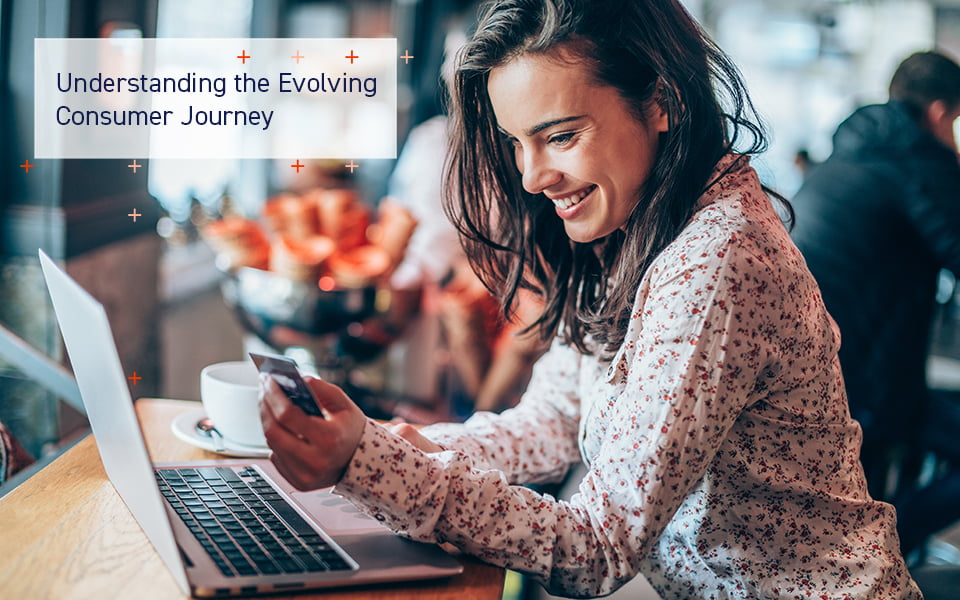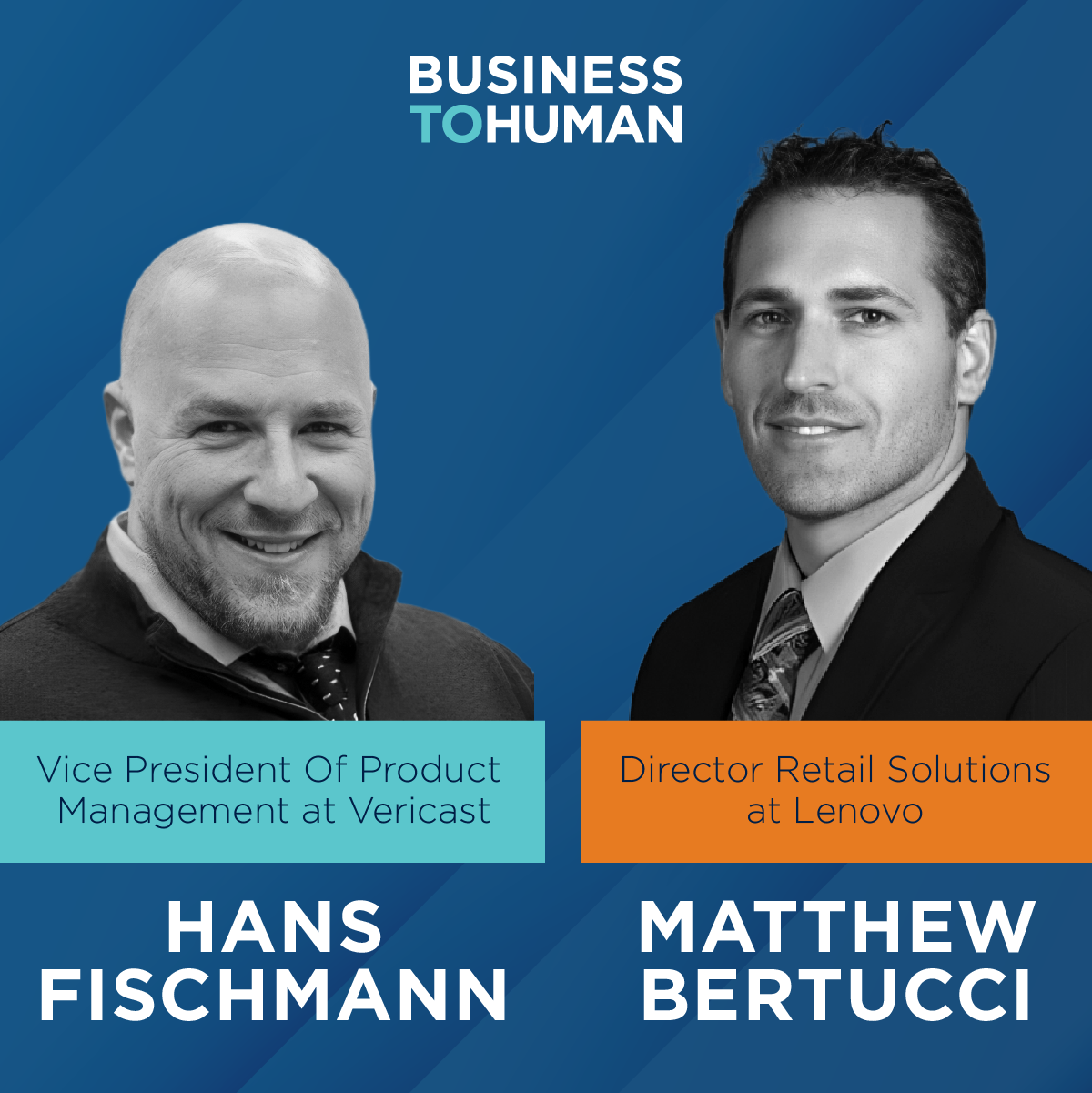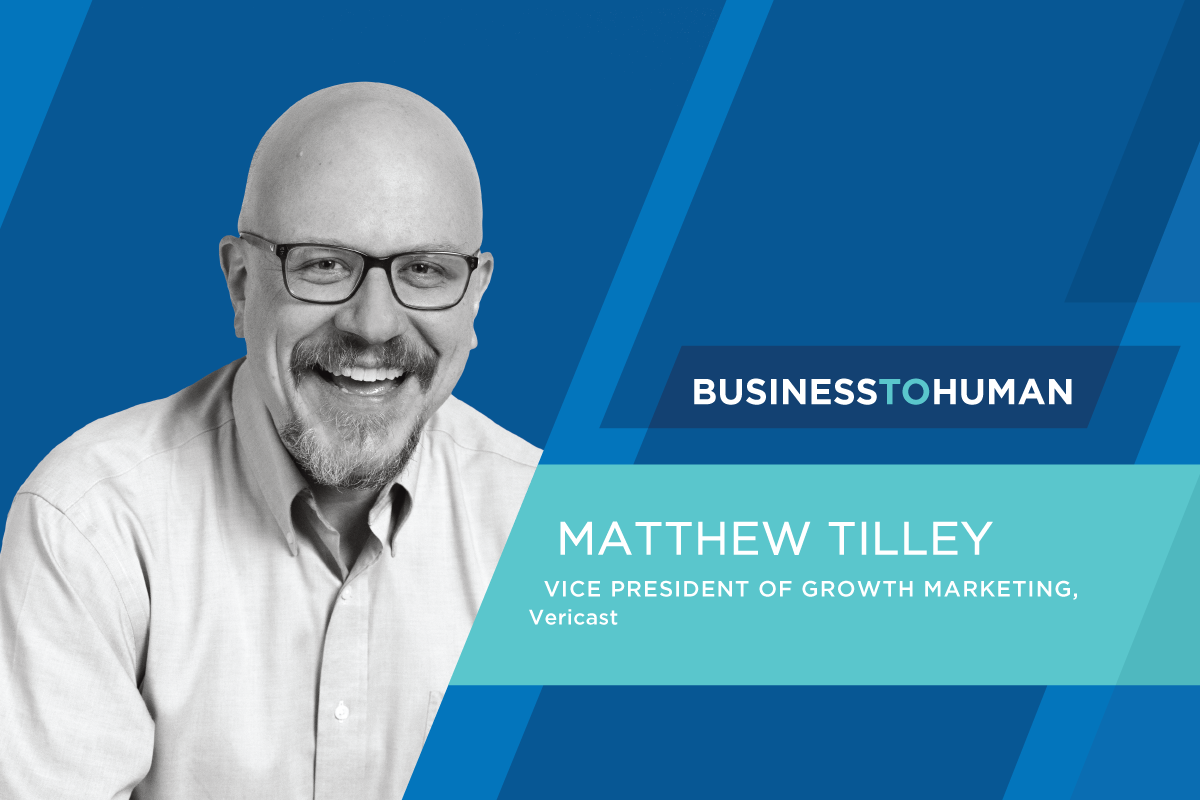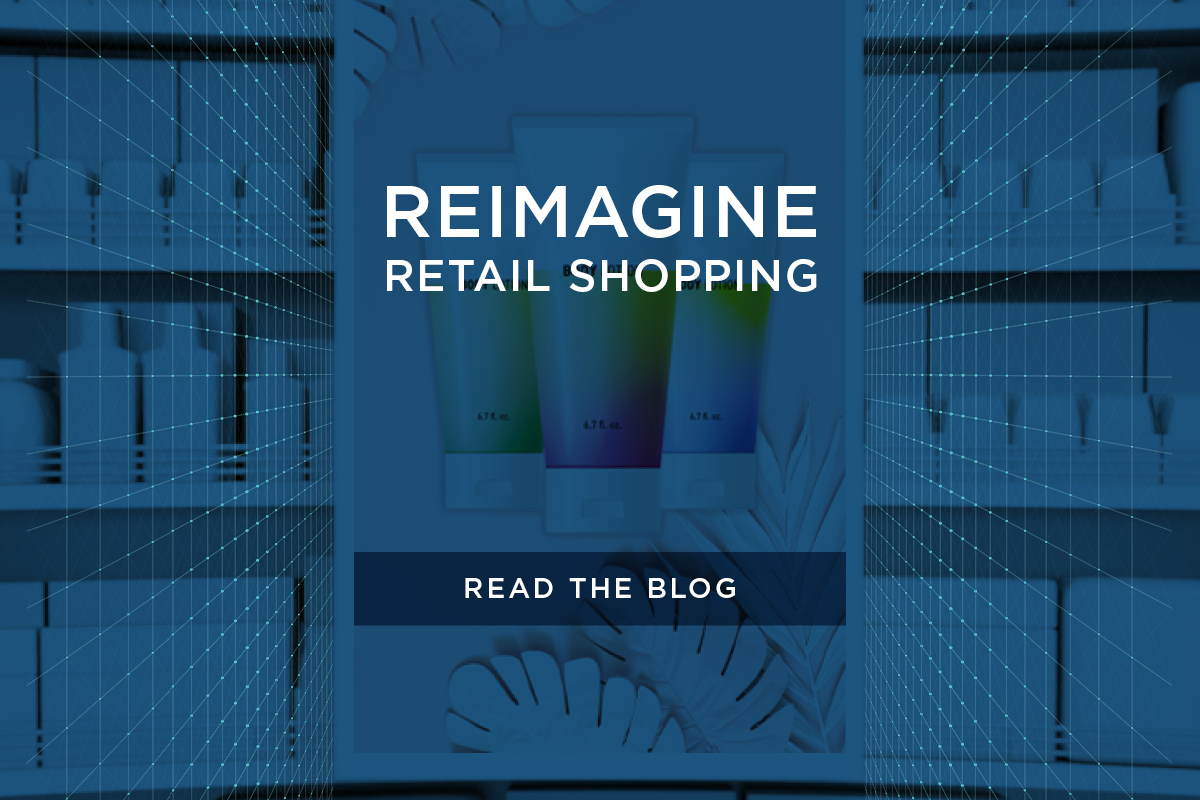Summary
The truth is, measuring the consumer journey is much more complicated than we would like to think. Here’s why you need to build a complete picture.
Powering the Evolving Stages of the Consumer Journey
Seeing ads for products on TV or our phones doesn’t always spur us to go out and make a purchase. Sometimes, it just plants an idea. Maybe we make a mental note to investigate later; other times, we go shopping right away — even if we don’t buy right away.
When was the last time you saw an ad that motivated you to go out and buy the product right then and there? If you’re like most consumers, that rarely happens. Yet based on the way we measure and attribute success, most marketers are laser-focused on the last mile of the consumer journey or the final touchpoint on the path to purchase.
It takes more than one touchpoint to produce a conversion. The truth is, measuring the consumer journey is much more complicated.
What’s the Spark?
If a consumer has both the means and the desire to buy, the only missing element is a seamless transaction. Often, the problem is in the motivation. Digging up the clues as to what motivates consumers isn’t easy. This is where advertising can help.
Advertising gives consumers the motivation — the desire — for a product or even a whole new product category that they didn’t even realize they wanted or needed. Most consumers don’t know that they want your product, whether it’s because they actually don’t or because they don’t yet understand how it fills an important need in their lives.
In other words, marketers are chasing consumers and trying to predict where they’re going when they don’t always know themselves. We’re like pinballs: going in one direction, then turning and going in the opposite direction.
Because marketers are expected to anticipate consumers’ needs, we need a more complete picture of consumers. According to Salesforce’s “State of the Connected Customer” report, 73% of customers expect brands to have an accurate picture of their needs, but only 47% believe brands meet that expectation.
To close the gap, marketers need to take a good look at consumer data and determine who their consumers are (interest data), what their consumers want and need right now (intent data), and how their consumers want to engage with their brand.
Interest data tends to remain the same or evolve slowly, while intent data is a more granular focus on the consumer’s intentions in the next week or two. The last piece, engagement preferences, will change over time as new channels emerge.
The right machine learning technologies can evaluate interactions and observe which channels provide the most success, informing future initiatives and allowing you to stay ahead of trends. Combine these insights, and you have a wealth of information that delivers a host of consumer engagement best practices.
Why, Not Where
With a more complete understanding of the consumer, you can begin to shift your focus from the various stages within the consumer journey to how you can best serve buyers no matter where they are in the process. That effort starts with personalization.
Most marketers are all too aware that consumers use ad blockers. As discussed by Digitalinformationworld.com (citing GlobalWebIndex) nearly half of global internet users currently rely on ad blockers to cut through the noise — but they don’t necessarily want to block everything. According to HubSpot, 77% of consumers indicate that they would rather filter out annoying, irrelevant, or intrusive ads than block them entirely.
The problem is not with the ads — but with the lack of personalization. Valassis research shows that consumers are willing to give up personal information in exchange for something of value, like a good deal or information they want. That means there’s incredible opportunity for the brands that can deliver relevant ads to their audiences.
Consider the Netflix recommendation engine, which displays ads for shows that the platform thinks you might want to watch. Users love the recommendations, and there would likely be an uproar if these curated, highly relevant “ads” disappeared.
Even when an ad is personalized and engaging, you don’t know where buyers will go next. Encourage them to explore your brand, ask questions, and try to build a two-way relationship. Most marketers check off certain boxes and assign a label to their consumers without ever hearing from them. If you can open up a direct line of communication, you can tap into valuable feedback that helps you keep consumers progressing toward a conversion — no matter where they are in the journey.
Finally, you need to understand the sales environment and current market trends well enough to make going from consideration to ownership quick, easy, and even fun. Whether you’re selling online or in-store (or both), focus on delivering what your ad promised. If you fall short of that promise, you’re creating friction for the buyers that will see negative reviews and critical feedback.
Keeping the Consumer Moving
There are three key areas that power the consumer journey: data, engagement, and measurement. Data is the necessary ingredient to unlock a more complete view of your consumer. Leverage your own first-party data whenever possible, and augment it with quality location data that gives you a long-term view of location signals over time.
Where are your consumers? Where do they shop? What are they in the market for? Location data can answer all these questions, but you’ll also want to filter out all the bad information. Look for a partner like Valassis that knows the difference between good and bad data, and make sure you plug insights from past campaigns into the next ones so you’re always starting from a smarter place.
Once you have quality data, you can leave the guessing game behind and plan more appropriate engagement strategies. Diversity is key. You don’t want to be chained to a single tactic or even a small group of tactics. Social media algorithms and rules about sponsored posts can change overnight.
If a single engagement channel has been propping up your entire brand, recovering from such a setback will be difficult. Inform efforts online, offline, and everywhere in between by eliminating silos between data collection and engagement strategies. Valassis’ Unified Intent Engine™ combines information into a single closed-loop system that allows you to analyze each engagement effort and use the results to empower the next.
Data informs more successful engagement efforts, but that doesn’t mean every attempt at engagement will be a home run. It’s vital to measure your marketing so you can make improvements in the future.
Don’t just measure engagement or lift. Measure the entire journey — from vanity metrics such as impressions, viewability, and click-through rates to offline impacts such as foot traffic, sales lift, and category lift. Category lift or other “halo effects” can include a request for an insurance quote or a test drive at a car dealership. Without measurement, you’ll have to start from scratch with your marketing campaigns every time. Marketing should be an iterative process that’s continuously honed and optimized to provide the best possible return on investment.
It’s About the Journey, Not Just the Destination
Consumers have more products and media channels available than ever, and advertisers have more data. All those signals turn into a deafening amount of noise. It weaves in and out of consumer consciousness, and we’re left bouncing around like a pinball — from one product to the next.
Consumers don’t always realize they’re in buying journeys, but they’re typically in 10 or more at once. They need a car wash, a refinanced student loan, a new car insurance policy, a beach read, some toothpaste, some peanut butter, a retirement investment advisor, and some new shoes for a formal event — all at the same time.
Marketers should act like good friends by getting to know their customers. Understand them. Listen to them. Give them good options. And try to make their choice to spend time and money with you something they’re happy about.
It can be as simple as being honest and authentic. But it can be as complicated as connecting your online and in-store back ends so the consumer can either pick up in the store or have it shipped to his or her house without needing two separate logins.
No matter how you approach the stages of a consumer journey, we all need to abandon the idea that it’s linear. Consumers don’t just click on a sponsored Instagram post and make a purchase. They open up a web browser and read product reviews, then ask for recommendations both online and in-person. They research competing products and watch comparison videos on YouTube. And sometimes, they add a product to a cart — only to abandon it at the last minute … before resuming the journey when they receive a reminder email.
Consumers bounce around these different phases, and creating a marketing strategy that caters to any one of them on its own is a mistake. Instead, you need to put these interactions together and build a complete picture of your shoppers — from where they’re likely to shop to what they’re likely to buy to what kind of messaging or engagement methods are likely to resonate with them.
Valassis has the capability to help you navigate the ins and outs of the consumer journey. Click here to learn more about how our closed-loop platform can help you drive more traffic. Or contact us to let us know how we can help.



